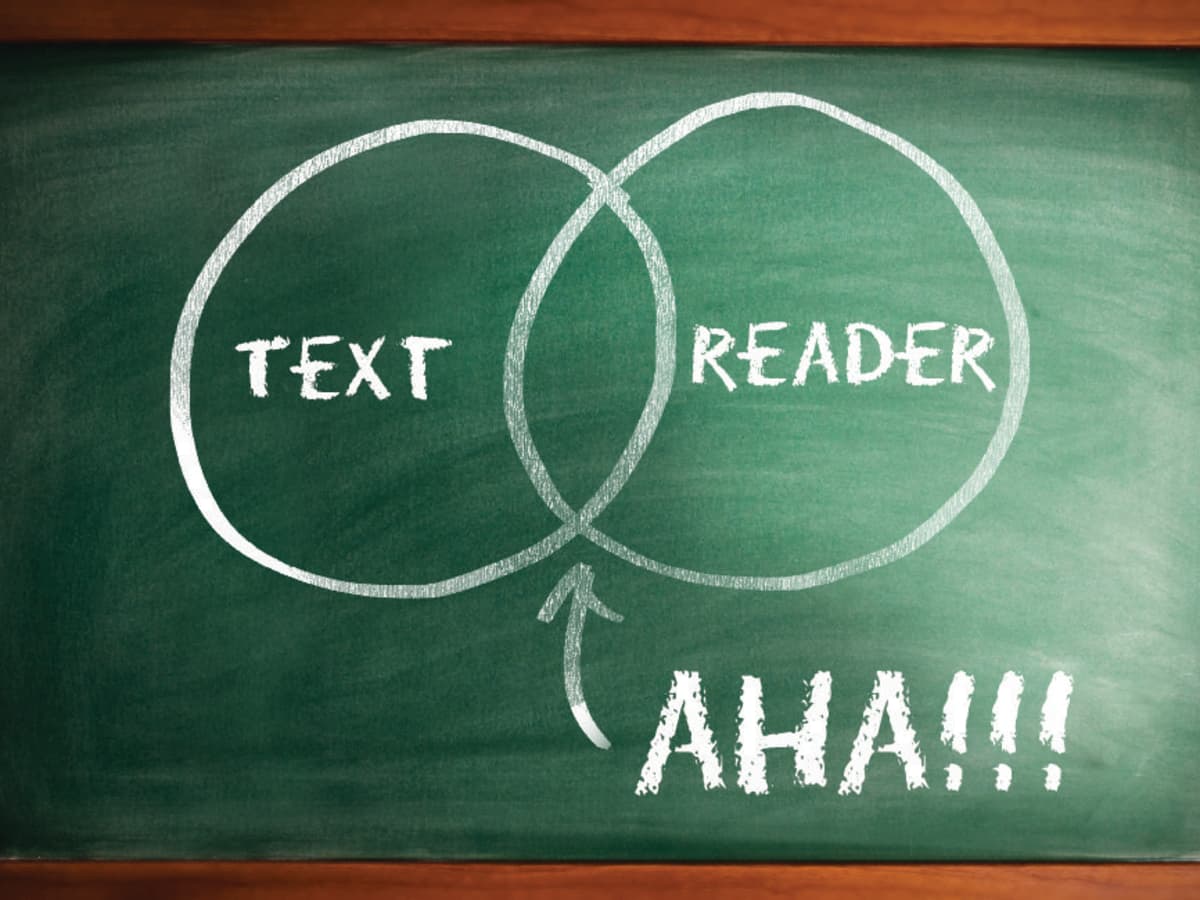To make the most of your writing, follow the following steps: Create a Hook, Body paragraphs, and a Conclusion. Use rhetorical questions to make your point. When using quotes, reword them in your own words. Leave a lasting impression on your audience. Finally, finish your essay with an interesting, engaging conclusion. You can learn how to write an essay by reading a sample. Hopefully, this article has been helpful!
Conclusion
The conclusion of an essay should be the final impression that the reader has of the work. This paragraph should restate the thesis statement in accordance with the essay’s introduction, and it may even use different words if the original ones were too strong. It should also reflect developments made in the body of the essay. Here are some tips on how to write an effective conclusion:
The conclusion should be short and precise. One paragraph is enough for most types of essays, but extended essays can be as long as 3000 words. Ideally, the conclusion paragraph should summarize the main points made in the body paragraphs, without introducing anything new. Introducing new information will only confuse the reader and cause them to lose interest. Use transitional words to connect ideas, such as transition and “but” in the body of the essay.
Body
The body of an essay can include different elements. This structure will include a thesis statement to tell the reader what the essay is about. In addition, the last sentence of the introductory paragraph must have a transitional “hook” that moves the reader to the first paragraph of the body of the paper. Depending on the type of paper you’re writing, transitional sentences may be brief, or they can be a full sentence at the beginning of the body of the essay.
The first paragraph should contain the controlling idea, and the second paragraph should contain the counterargument to that controlling idea. The third paragraph should be a follow-up to the second paragraph, and should have a transitional hook or a concluding hook. The fourth paragraph should contain the supporting ideas that back up the main idea. In the last paragraph, it is appropriate to tie in a quotation to the thesis statement of the first paragraph.
Hook
Creating a hook for your essay is vital to catching your readers’ attention and allowing them to keep reading. Most of us have short attention spans, so our first line should capture their attention and make them want to read more. This hook can be as simple as a personal story, a quotation, or a big statistic. Whatever you decide, your hook should blend in with the rest of your essay structure. A good hook is also interesting.
One of the easiest ways to come up with an interesting hook is to use a quote. This can be a great way to get your reader’s attention because you don’t have to write a full sentence! Remember that the quote has to relate to your topic, and get them into the mindset necessary for your argument to make sense. If it doesn’t do this, don’t use it. However, if you don’t know where to find a good quote, you can look for an article or other reliable resource.
Body paragraphs
Whether you’re writing a short story, a research paper, or an essay, the next step is to decide on a main point and the body paragraphs should support it. Body paragraphs typically begin with a topic sentence that sums up the entire paragraph. They then support the main idea by explaining it in greater detail, providing an example, or citing evidence. Once you’ve selected a topic sentence, you can move on to the body paragraphs.
The body paragraphs usually contain three main components: an introduction, an explanation, and an example. Each of these components builds on the other. After the introduction, the body paragraphs contain a topic sentence that makes a claim, an example or explanation, and a list of supporting details. The body paragraphs are the most important part of an essay. They should follow the thesis and provide evidence that confirms the claim made by the topic sentence. As such, the supporting details must be carefully chosen.

